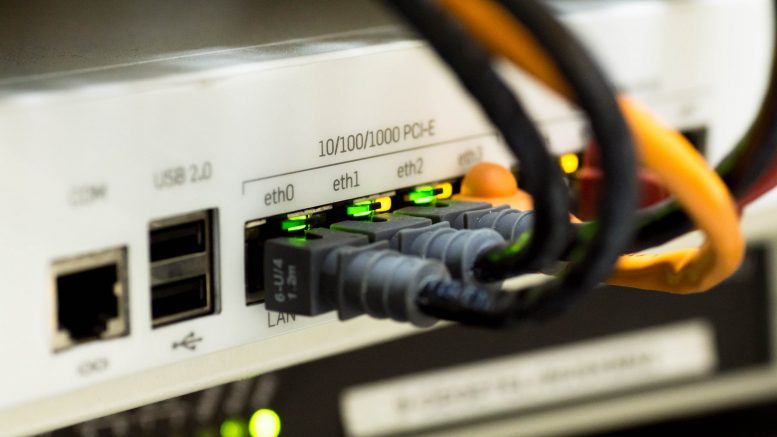One of the main features of the Internet of Things (IoT), especially for businesses, is that the services and benefits that IoT offers frequently require and generate large amounts of often-continuous data. For industrial and manufacturing users, the issues surrounding the data requirements of the Industrial Internet of Things (IIoT) need careful managing.
The first question: why?
It’s a well-known fact that analysts always want more information and more data. It’s also well-known that some managers can have a magpie-like attraction to ‘shinny-new-things’. IoT services tick both of these, but neither is a good enough reason for implementing industrial IoT services.
Businesses must first think about why they want to capture data. This has to be done before thinking about ‘what’ data to capture. For instance, really focus on making sure there are strong, specific answers: what is it that you are seeking to gain insight into? What is the question you are trying to answer? Which process are you trying to make more efficient?
This is the vital first step in making sure that there is not data overload. When you know the specific area or function that you are trying to measure, you can ensure that the data you are gathering is relevant and targeted. You can avoid gather extraneous information that just clogs up systems and people’s screens.
The second question: what to capture?
After working out why it is that you want to measure and capture information, you then need to consider what to capture. The range of data types and data sources can be extensive and, when put in place, IoT solutions can give a great insight. But after going through the types of data that you think you need to collect, go back and ask the ‘why’ question again: is every one of them really needed or is it just a ‘nice-to-have’? Is there unnecessary duplication?
Remember, every sensor that needs to be put in place is going to have a cost in terms of money, both upfront and ongoing, and cumulatively in terms of the time people spend examining the data set.
Avoiding overload: the systems
Clearly any IoT service or solution needs to be implemented with the right systems – the right sensors, data hubs, transmitters, servers and so on. This is all the more important for industrial users, where the volume of data and the number of different data types are likely to be considerably higher than for commerce-focused business or private users.
Some users may outsource the holding of the data records, others may want to keep everything in-house. Either way, you need to be sure that either the service provider or your own IT backend is capable of managing the various multiple dataflows. As an article on DZone put it:
‘Sensors that collect 1,000 readings per second, at 1kB of data per reading, grows to 1MB of data per second, per sensor. At 10,000 sensors, you’re streaming a GB/second of data. Still think it sounds reasonable to stream all of that data to a single backend system in real time?’
If this is a new capability that is being put in place, the IT front end also needs to be correct. Do you have the right software to handle the various IoT services? Is it one piece of integrated software or are there multiple different packages that have to be used? Can the systems handle it, especially when people are working remotely?
Avoiding overload: the people
While the systems question is one that can be solved with the correct architecture, avoiding data overload has a critical second aspect: people. The amount of information hitting people is larger than ever and most people already struggle to keep on top of it all. If the new IoT service is saving time on data collection or simplifying the review of data, then there is an immediate gain. But adding an additional new requirement and impost through needing your people to review industrial IoT services data – even if adeptly managed and efficiently presented with the right systems – can be an extra burden.
Making as much of the process as automated as possible is one of the most critical aspects to avoiding data overload. This is especially the case where data is being gathered in a situation-monitoring or alert function. Does the data need to be reviewed by someone? Or does it only need to be seen if the data goes outside of normal parameters? This may seem obvious but when industrial IoT services are collecting thousands or tens of thousands of different types of data sets, there needs to be a rigorous process for determining what actually needs human ‘eyes on’.
Avoid overload through good preparation
Ultimately, many of the problems of data overload can be avoided by good planning and preparation, by bringing in the right people and stakeholders into the project – this means the end operational users being involved, as well as IT and managers – and in ensuring that IoT services remain focused on what is really needed.
Check also: sumatosoft.com



Be the first to comment on "How to avoid data overload within the Industrial Internet of Things"